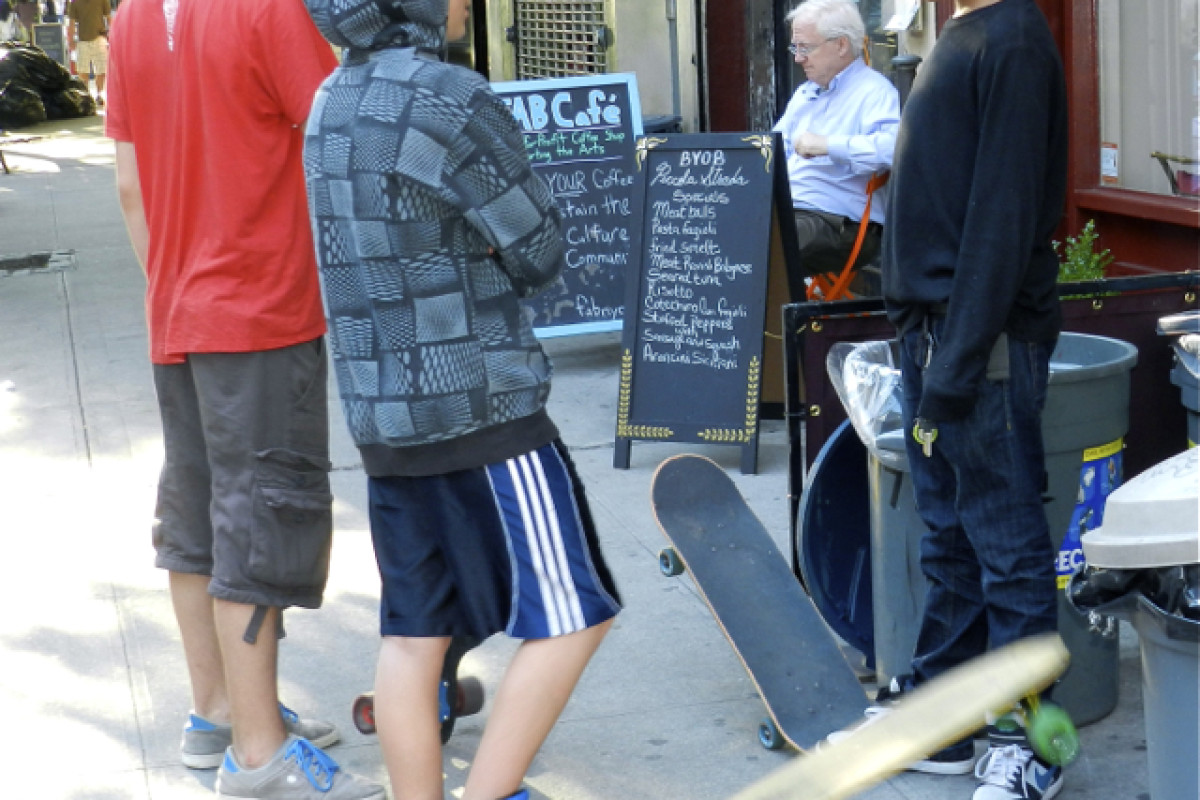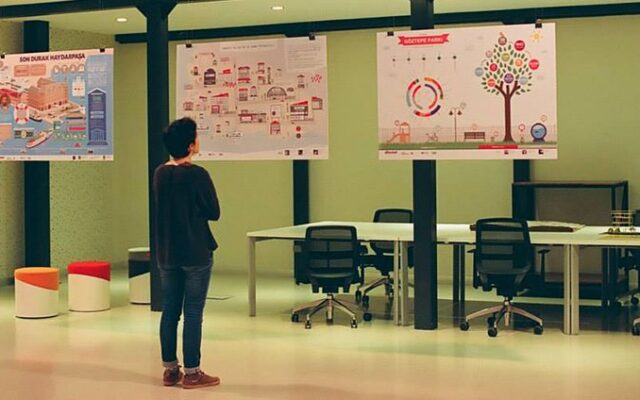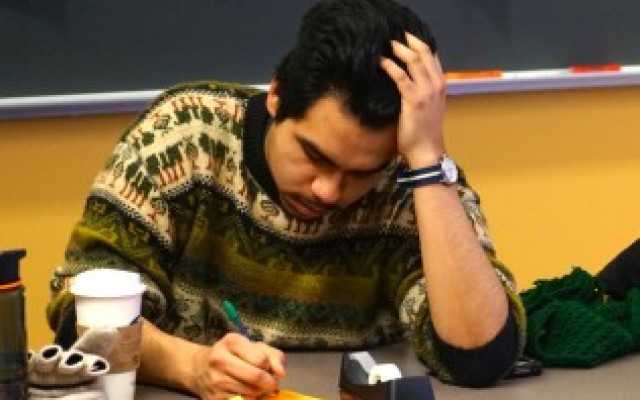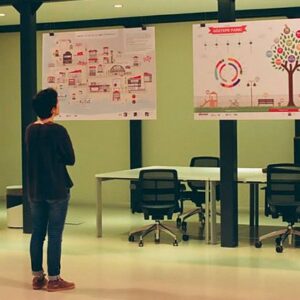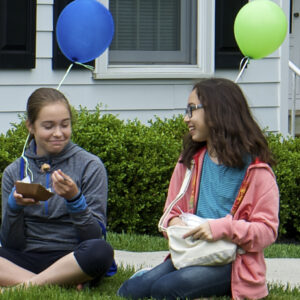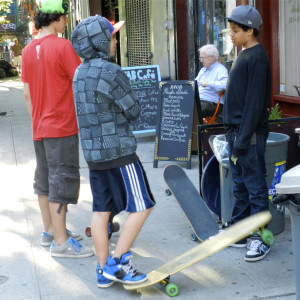Design thinking for Kids
“Often schools are teaching kids things they might never need to know again. We’re not teaching them how to be creative, or design, … or deal with unexpected situations. A lot of people are aware that we really need to change education, but they don’t know how. This is one method that could inspire people. It’s basically design thinking, adapted for children.” — Emer Beamer, Dutch design thinker
It’s nearly the middle of 2016. As I read and watch reviews of educational issues and achievements in social media and traditional publications, I am struck by how the more things “change”, they the more they remain the same. Plus ça change, plus c’est la même chose! The same issues: ongoing inequality and student disengagement. The same “achievements”: new assessments, more assessments. What an overall lack of imagination! We certainly talk about the importance of creativity in 21st century life and work. So why do we continue to educate our kids as though we lived in the 19th century.
Why don’t more educators adopt design thinking?
Design thinking is an educational approach that stresses creative problem solving for students with the added value of an entrepreneurial outlook. It’s an approach that could and should lead to more entrepreneurship — or at least, to a more entrepreneurial way of facing challenges in the future.
Design thinking has five “spaces.”
1. Empathize: Empathy is the centerpiece of human-centered design thinking. In order to create an innovative solution to a problem, it is essential to observe people–what they do, how they live, and their stories. Observing people builds an understanding of how they think and feel, what they value and how they see the world. Empathy almost always includes some sort of engagement with people. Engagement may be a conversation or a step-by-step explanation on how things are done.
To create meaningful innovations, you need to know your users and care about their lives.
2. Define: Defining a question or challenge based on empathy often changes the original problem you thought you understood how to solve. Defining a problem or challenge based on the needs of users provides focus, frames the issue, inspires and empowers, informs criteria for evaluating competing ideas and keeps the question in the realm of “actionable.”
3. Ideate: Celebrate the power of possibility! Ideate is the space to imagine without judgment a variety of “wild, darling and practical” ideas. Ideation discourages linear thinking and helps people step beyond obvious solutions.
4. Prototype: Once you have ideas, it is time to experiment with prototypes. A prototype is a possible solution that allows time for feedback. Prototypes are simple — storyboards, hand-made models, posters, or role-playing. It is important to create something very quickly in order to see if the original question has been answered. Perhaps the question itself was wrong and it is time to go back to the drawing board. Better to fail quickly and cheaply before moving on to formal assessments.
Build to think and test to learn. — Hassno Plattner Design School at Stanford University, California, USA
5. Test: Testing is the culmination of the empathize-define-ideate-prototype spaces of design thinking. Problems have been framed and reframed. Now it is time to engage in real-life, real-time testing in which the users are involved. It is only when we allow ourselves, our teams, our students to experience spaces of design thinking that we can implement authentic assessments.
Design thinking is active and inclusive. And kids are embracing design thinking with gusto. Schools around the world are embracing design thinking as a new way of learning and a way to increase student engagement.
A global “designathon” for kids took place in November 2014 in Berlin, Amsterdam, Rio Di Janeiro, Dublin and Nairobi. Students came up with a myriad of ideas. One submission from students in Amsterdam was a robotic trash can that sorts out recyclable materials and alerts a garbage truck to pick up the recycles when the can is full. Perhaps this and other prototypes aren’t ready for primetime but design thinking gives kids the freedom to reframe questions, come up with new ideas, prototype and test.
Our brains need and search for context. Who likes to memorize large quantities of information with only a fuzzy context? Learning without context can be difficult for kids. Design thinking allows them to find all kinds of associations and possible connections among different pieces of information instead of memorizing them as separate segments. Flunking is okay when it is perceived as feedback that informs new ways of asking questions, coming up with ideas, and testing them.
Design thinking should be on the educational agenda. Sure it’s messier than pre-packaged standardized assessments. But design thinking offers kids golden opportunities for engagement and creativity — both prerequisites for real learning.

